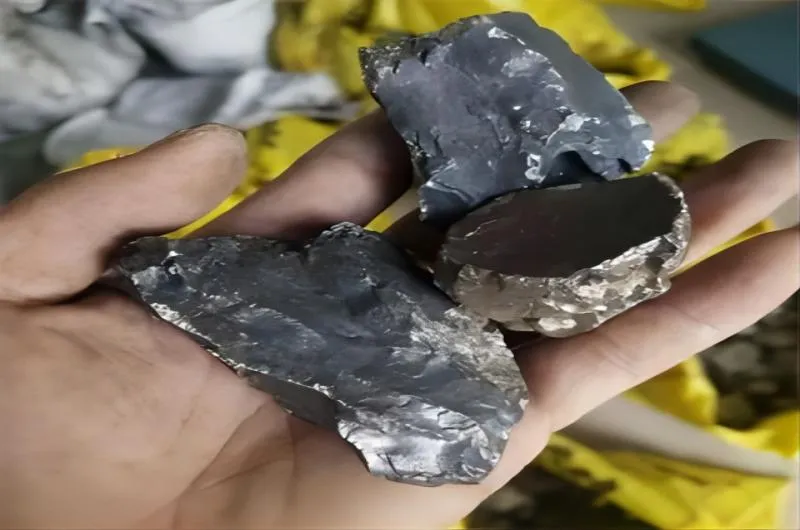BY  GENN
GENN
2024/03
Blog
How Much Do You Know About Metal Vanadium Powder?
What Is Vanadium Metal Powder?
Vanadium metal powder, more especially Vanadium Metal 1501, is a finely split, highly surface-area type of vanadium. Because of its special qualities, it is frequently employed in numerous industrial and research applications.
Metal Vanadium Powder Chemical Formula, Color And Appearance
Formula for chemicals: V
Non-spherical or spherical crystal
Size of particle: non-spherical 1 μm, 5 μm, 10 μm
Round form: 15-53μm 45-105 μm, 45-150 μm, etc.
Purity: 99.9%
Hue: grey
Because of its numerous beneficial physical and chemical characteristics, vanadium is referred to as the “vitamin” metal and has a wide range of applications. Vanadium was first primarily used in steel to refine the grain structure and temperature of grain coarsening in order to boost the steel’s strength, toughness, and resistance to wear. Subsequently, researchers adapted vanadium’s exceptional enhancement impact in titanium alloys to the aerospace industry, leading to significant advancements in this sector. People need new materials more and more every day due to the quick advancement of science and technology. Vanadium is being used more and more in non-steel industries, such as aerospace, chemistry, batteries, glass, optics, medicine, and many more.
Application Areas Of Vanadium Powder
- The aerospace sector
Vanadium-titanium alloys find extensive application in steam turbine blades, rocket engine casings, missiles, aircraft engines, spaceship cabin structures, battleship hydrofoils and introducers, and more. Furthermore, vanadium alloys have applications in the fields of magnetic materials, nuclear reactor materials, cemented carbide, and C-conducting materials.
- The steel sector
The majority of vanadium metal used in steel manufacture is added as ferrovanadium and vanadium-nitrogen alloys, which increase the steel’s ductility, toughness, strength, and heat resistance. Vanadium-containing high-strength alloy steel is extensively utilized in the fabrication and construction of structures such as buildings, bridges, trains, and pipelines for oil and gas. High-strength low-alloy (HSLA) steel (comprehensive); HSLA steel plate; HSLA section steel; HSLA strip steel; advanced high-strength strip steel; construction threaded steel bars; high-carbon steel wire rods; rails; tools and mold steel, etc. are the main types of high-strength alloy steel that contain vanadium.
The 3D printing sector
Materials for 3D printing also frequently use spherical vanadium powder metal.
- The chemical sector
Vanadium compounds find applications in the chemical industry as catalysts, desiccants, developers, and raw materials for the synthesis of ferrovanadium, or high-purity vanadium oxide. V205 exhibits unique catalytic activity and is not easily substituted by other elements.
- Glass and pigments
There are many different colors of vanadium salts, such as green, red, black, yellow, etc. These vibrant pigments, called vanadium compounds, can be added to glass to create colored glass or utilized to create a variety of inks.
- The battery sector
Currently, a promising large-capacity energy storage solution is the vanadium redox flow redox battery (VRB). When compared to alternative batteries, it offers the following benefits: (1) The rated energy and rated power are separate. The electrolyte determines energy content, while the battery stack determines power. As a result, the battery’s capacity can be raised by adding more electrolytes as needed. Ability; Vanadium batteries have four key features: (1) they have a long shelf life and storage life; (2) they only react in the liquid phase during charging and discharging, unlike regular batteries, which can have complicated solid phase changes that cause battery current interruption or short circuit; and (4) they can be completely discharged without causing damage to the battery.
- The optical domain
Vanadium dioxide films and nano- or micron-sized powders have a wide range of applications in coatings, thermistors, solar control materials, optical disc media materials, electrical and optical switching devices, and other sectors because of their unique phase change characteristics.










